NEW “CLASSIC” SALARIES COMING SOON!
The salaries for Classic (career-rated) players are changed three times annually. The next salary change is scheduled for the end of this month.
Salaries are adjusted using a “supply-and-demand” formula, which compares the usage of players with similar salaries in Standard, Grand Open Tournament and Ladder Leagues Standard Assn leagues during the previous four months. The salaries of players used more often go up; those of players used less often go down.
This will be the first salary change for the 300+ players added to the player pool last October.
Salary changes can really shake up player valuations and roster-building strategies, and are sure to provoke debate and disagreement. So … bring it on!
REGISTER NOW FOR THE LADDER LEAGUES STANDARD ASSN SEASON 55
For those unfamiliar with them, the Ladder Leagues operate similarly to European soccer. The Standard Association presently is comprised of six ranked leagues. At the end of each Ladder Leagues season, the top teams from each league are promoted to higher leagues and the bottom teams are relegated to lower leagues. The promotion and relegation system in the Ladder Leagues ensures competitive leagues with similarly-skilled owners.
Standard Association leagues are autodraft leagues. There are two other Ladder Leagues associations – the Random 600 Association and the SSG Association (currently suspended) – which are manual draft leagues and run on their own schedules.
The Standard Association uses all Standard League rules, with the DH on or off in alternate years. In Season 55, the DH will be on.
Season 55 will be a great opportunity to try out the new Classic salaries, which will be in effect for SA55 leagues. If you’d like to give it a try, you can register here.
GOOD THINGS COME IN THREES
In all of major league history, no team has ever registered more than two no-hitters in a season.
Scott (smatranga) Matranga’s 2020 aces notched three in the History of Baseball 2020 league!
On June 6, Zac Gallen turned the trick in a 2-0 win over 20’ Camaro.
On June 30, it was Shane Bieber’s turn in a 1-0 win against 20 Short Little Fat Boys.
On August 1, Gerrit Cole combined with Chris Martin to complete the trifectain another 1-0 win, this time over the Shendo Coal Crackers-’20.
Shifting gears from no-hitters to home runs, the record for most grand slams hit by a player in a single game is two, which is shared by 13 players. In five instances, these were hit by the player in consecutive innings; in one instance (by Fernando Tatis, both of Chan Ho Park), they were hit in the same inning.
On September 5, 2023, against the Texas Rangers, Jose Altuve became the fourth player in major league history to homer in each of the first three innings of a game. As of May 17, 2019, when Kris Bryant accomplished the feat with home runs in the seventh, eighth and ninth innings against the Cubs, 12 players had hit consecutive homers in any three consecutive innings in a game.
But no player in major league history has combined these two feats. Willie Montanez did so, however, for Chris (schufan3) Long’s Two Lane Blacktop in a 15-6 thrashing of the Van Isle Bulldozers in the 1971 SSG league. Montanez put Blacktop on top 2-0 with a two-run HR in the bottom of the second off of Catfish Hunter, blasted a grand slam off Ken Sanders in the bottom of the third, and then hit another slam off Sanders in the bottom of the fourth.
A bonus “fun fact” about Montanez:
On October 6, 1969, the Cardinals and Phillies pulled off a blockbuster seven-player trade, which featured Curt Flood and Tim McCarver heading to Philly and Dick Allen to St Louis. Except, famously, Flood refused to go to Philadelphia, sitting out the entire 1970 season in what at the time would be a futile legal challenge to baseball’s reserve clause. To replace Flood, the teams reached a compromise in which the Phillies would select two players from a list submitted by the Cardinals. On April 8, 1970, Montanez was the first of the two players selected by Philadelphia. (Pitcher Jim Browning on August 30 was the second.)
THE TIPPING POINT
Each month we’ll offer a few tips in this space that may come in handy for the beginner as well as the experienced team owner.
A recent question on the Advice message board concerning managing PTL plate appearances has prompted this month’s column.
First off, there are two ways to monitor your team’s player usage: you can display it on your team’s Roster page by ticking the box Show Player Usage in Roster, and you can view the Player Usage table by clicking the link on the Roster page or at the bottom of the Team menu. Personally, I prefer not to display usage on the Roster page – I find it makes the Roster too busy and is too hard to follow there. I prefer the Player Usage table, which provides more information in a much clearer format.
Now, on the main topic. Suppose you have a player who it appears is going to fall just short of completing the season before his PTL is exhausted. Here are a couple of strategies for stretching him out to the end of the season:
You can move him down the batting order. Over the course of a 162-game season, each position in the batting order will make the final out in a game roughly the same number of times: 162/9=18. So, the last spot in the order will get 144 less PA over the course of a season than the leadoff spot.
Suppose you have a platoon at a given position: one player in the platoon is going to come up a bit short (let’s say it’s the R side of the platoon), but you’ll have some PA to spare from the L side. Create a custom lineup v L with your L platoon guy in place of your R. Look at the parks of your opponents for any that favor L batters, and look for L SP’s of your opponents who have reverse splits. Using Lineups by Game under the Dugout menu, schedule your custom lineup in games against L SP’s in those parks, and against the reverse split lefties you identified. To make things easier on yourself, make the name of the lineup the names of all the parks and SP’s where you will use it.
Even if your L hitter v L would be inferior in these games to your R hitter, that’s better than having your R batter “turn into a pumpkin”, and it identifies the games in which you can use your L hitter’s spare PA’s to best advantage.


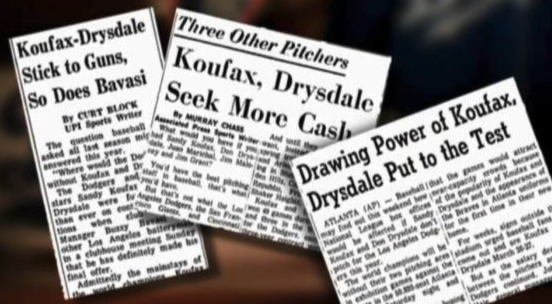
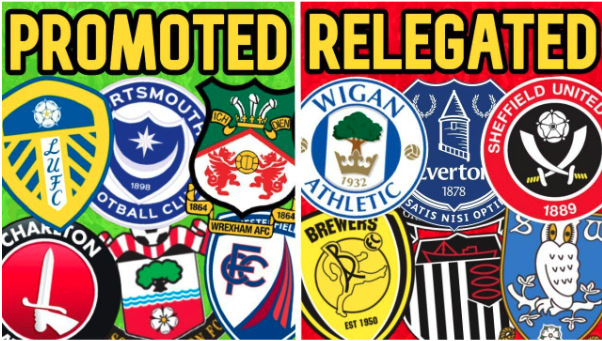
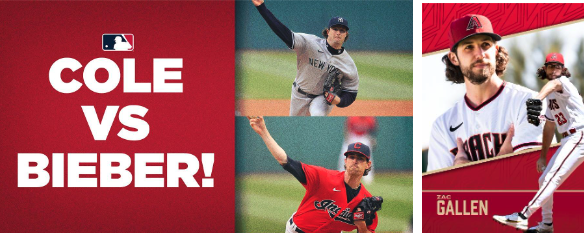
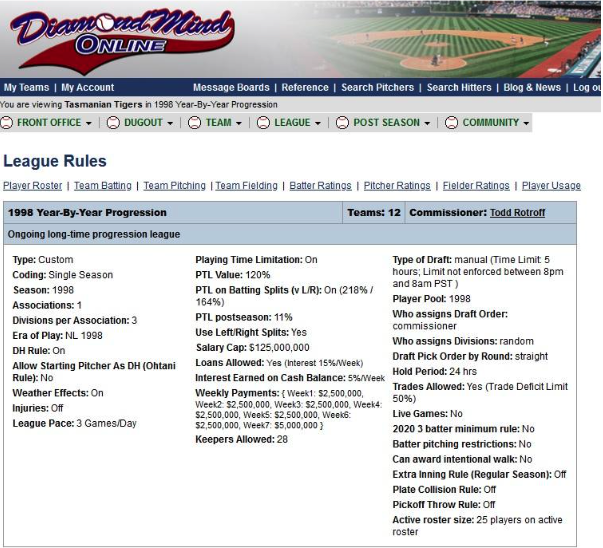
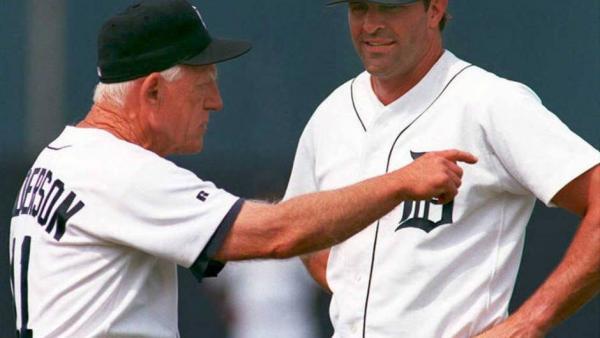
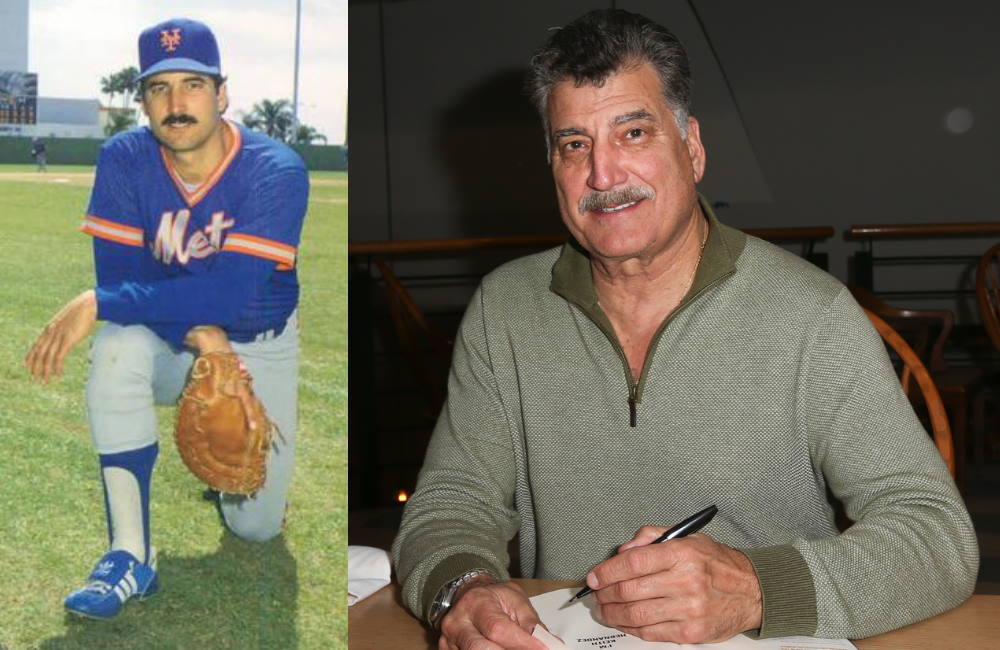

Leave A Comment